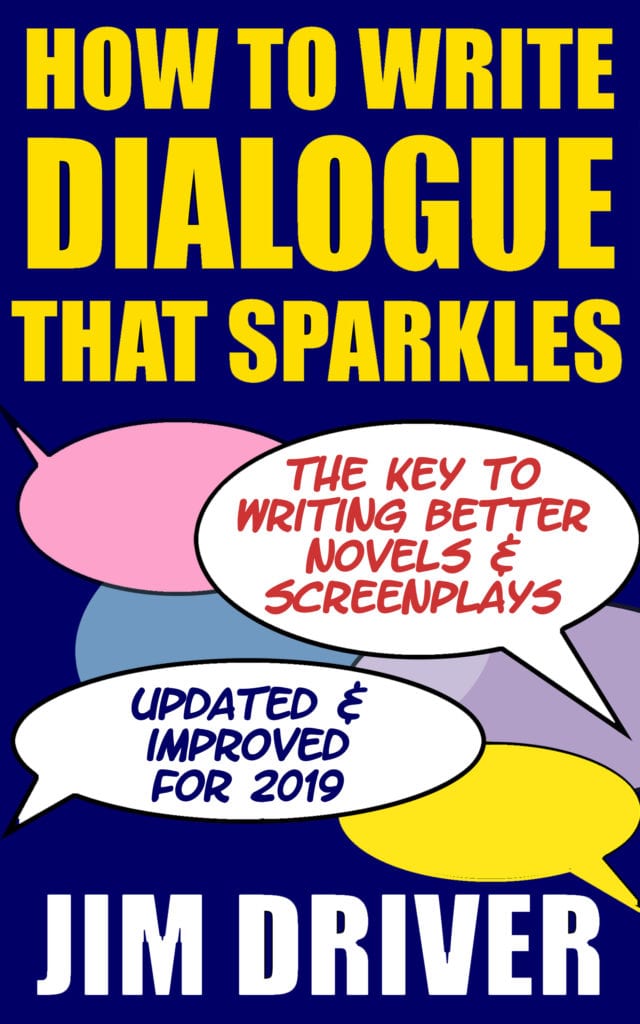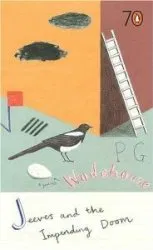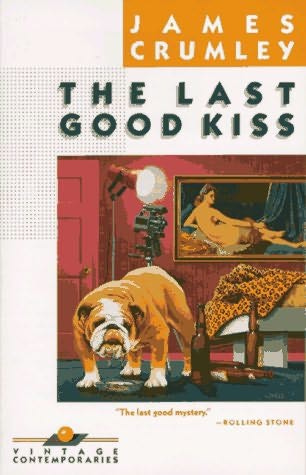
Fiction consists of people doing and talking, often in broadly equal proportions. Screenplays, novels, and stage plays are stuffed with dialogue, and yet far too few authors spend any time trying to get it right. Knowing how to write dialogue is a key skill every author has to master.
My email box was starting to overflow with writers asking me about dialogue. The questions ranged from “Can I say things like ‘He said knowingly,’ or does that break Elmore Leonard’s Ten Rules of Writing?” to “How many lines can I go without adding a tag to say who’s speaking?” In the end, I decided to write a book about it. I’m adding the finishing touches to How To Write Dialogue That Sparkles when I’ve written this article.
Writing coaches say that good dialogue can sometimes save an otherwise badly-written novel. My time as a publisher and editor showed me that the opposite is more often the case. I’ve seen literally hundreds of manuscripts made unpublishable simply because of ineptly written or formatted dialogue. It’s a pity because the key to writing dialogue that sparkles can usually be taught quite easily.
Although it would be difficult to summarise the contents of my book in this short article, I’ll run through the basic information and include some useful tips I picked up along the way. I want this article to compliment How To Write Dialogue That Sparkles, not duplicate what’s in it.
Good dialogue is an enhanced version of real-life speech
When people talk in real life, they don’t make a lot of sense. People tend to repeat themselves, stutter, don’t finish sentences, and often use the wrong words. The human brain is hard-wired to ignore most of this extraneous stuff and feed us the gist of what people are saying. When we don’t understand what they mean, we say something like ‘pardon?’ or ‘what?’, which implies we didn’t hear the words. It usually means we didn’t understand them.
Unfortunately, the human brain doesn’t respond in the same way to fictional dialogue. Not only that, but readers and movie-watchers soon become bored if they’re fed stuff that strays off the point. That means writers are forced to write a hybrid form of speech called dialogue.
Make no mistake, no one talks like they do in movies or in novels. No one can ever be that perfect. Whereas people talking have to conjure up words on the spur of the moment, an author has time to work on the words and hone them down to a form of speech that works. That’s what we call good dialogue.
Here’s an example of what I mean. Very few humans could ever have a real-life exchange like this one, taken from the PG Wodehouse short story, Jeeves and the Impending Doom, published in 1926:
… Aching for sight of a friendly face, I gave tongue like a bloodhound.
“Bingo!”
He spun around; and, by Jove, his face wasn’t friendly after all. It was what they call contorted. He waved his arms at me like a semaphore.
“Sh!” he hissed. “Would you ruin me?”
“Eh?”
“Did’ you get my telegram?”
“Was that your telegram?”
“Of course it was my telegram.”
“Then why didn’t you sign it?”
“I did sign it.”
“No, you didn’t. I couldn’t make out what it was all about.”
“Well, you got my letter.”
“What letter?”
“My letter.”
“I didn’t get any letter.”
“Then I must have forgotten to post it. It was to tell you I was down here tutoring your Cousin Thomas, and that it was essential that, when we met, you should treat me as a perfect stranger.”
“But why?”
“Because if your aunt supposed that I was a pal of yours, she would naturally sack me on the spot.”
“Why?”
Bingo raised his eyebrows.
“Why? Be reasonable, Bertie. If you were your aunt, and you knew the sort of chap you were, would you let a fellow you knew to be your best pal tutor your son?”
It’s just the kind of exchange two young upper class Englishmen might have in a country garden in the 1920s, but there’s not a word wasted. Even the repetition and misunderstanding you’d expect in a conversation has been artfully turned into humour. Your job as a writer is to turn dialogue into a conversation two people might have if they were clever enough.
Every verbal exchange has to impart information
There’s no room in fiction for chit-chat. Your reader will only take so much of it and then they’ll get bored and leave you forever. Every line of every novel – including people speaking – has to move the story forward in some way. It’s OK to have conversations to establish someone’s character or underlying motives, but you only need to do it once. Avoid repeating information, especially in dialogue, unless it’s something vitally important the reader might have forgotten.
The same goes for screenplays and theatrical fiction, only more so.
In case you didn’t already know it, here’s an example of bad dialogue:
“How are you, John?” Mary asked beseechingly.
“I can’t complain, Mary. You know how it is. I can’t expect miracles.” John rose to his feet and gazed across the English Channel towards the Continent. “I never know if Ramsgate faces France or Belgium.”
“It’s France, John. Broadstairs faces Belgium, but as you know, Ramsgate faces south and so the next country you’d arrive at by boat would be France.”
“Damn, it’s complicated, Mary,” John chuckled. “Still, Daddy went across the sea to France in 1914 and never came back.”
“Bad luck, John,” Mary sympathised.
A few more lines like that and there wouldn’t be a reader left. By contrast, here is an exchange of dialogue that sparkles. It’s taken from a much-neglected detective novel called The Last Good Kiss by James Crumley, published in 1988:
I finally used my dime to call Mrs Trahearne collect. As usual, she sounded distantly reluctant to accept the charges.
“Well,” I said more brightly than I meant to – I blamed it on the whiskey – “I finally ran the old devil to the ground.”
“Finally,” she said coldly. “In San Francisco?”
“No, ma’am,” I said. “In a great little beer joint outside of Sonoma.”
“Isn’t that quaint.” she murmured. “In what condition did you find him?”
“Drink,” I said, not specifying which of us.
“I assumed that, Mr Sughrue,” she said sharply. “What is his physical condition?”
“Right.”
“Yes?”
“Yes, ma’am,” I stalled. “He’s fine, he’s all right, he should be out of the hospital in three or four days, and he’ll be as good as new.”
“It may seem presumptuous of me to ask,” she said smoothly, “but if he is in such wonderful shape, why then is he in the hospital?”
“It’s a long story,” I said.
“Isn’t it always?” she said.
“Yes ma’am.”
“So?”
“Well, he had a little accident.”
“Yes?”
“He fell off a barstool and strained his back,” I said quickly.
“How absolutely delightful,” she said. “Perhaps that will teach him a much-needed lesson.” Then she laughed, deep and elegant, like the rich susurruses of a mink coat being casually dragged down a marble staircase. “But nothing serious I hope.”
“A minor strain.”
By the way, susurruses are whispers.
The reader must always be aware who’s saying what and when
In the examples I’ve quoted, there is never any doubt as to who is speaking at any one time. It’s not something you even notice until things go wrong. I’m always surprised at how often even experienced writers make me go back and retrace my steps to see who’s saying what. This is just bad writing.
There are various ways to indicate who’s saying what, the most obvious being tags (he said, she said, Miss Moneypenny said, and so on), and beats (Jenkins lifted his head and spoke, I broke into his revelry, etc). It’s true that there’s a fine line between under-using tags and beats and over-using them. If in doubt, my advice would be to stick to ‘said’ and risk having too many rather than leave the reader confused. Another way to indicate speakers is by using the correct formatting and punctuation. There’s a lot explaining all that in my latest book, How To Write Dialogue That Sparkles. Click on the cover or this link to find out more.



Speak Your Mind